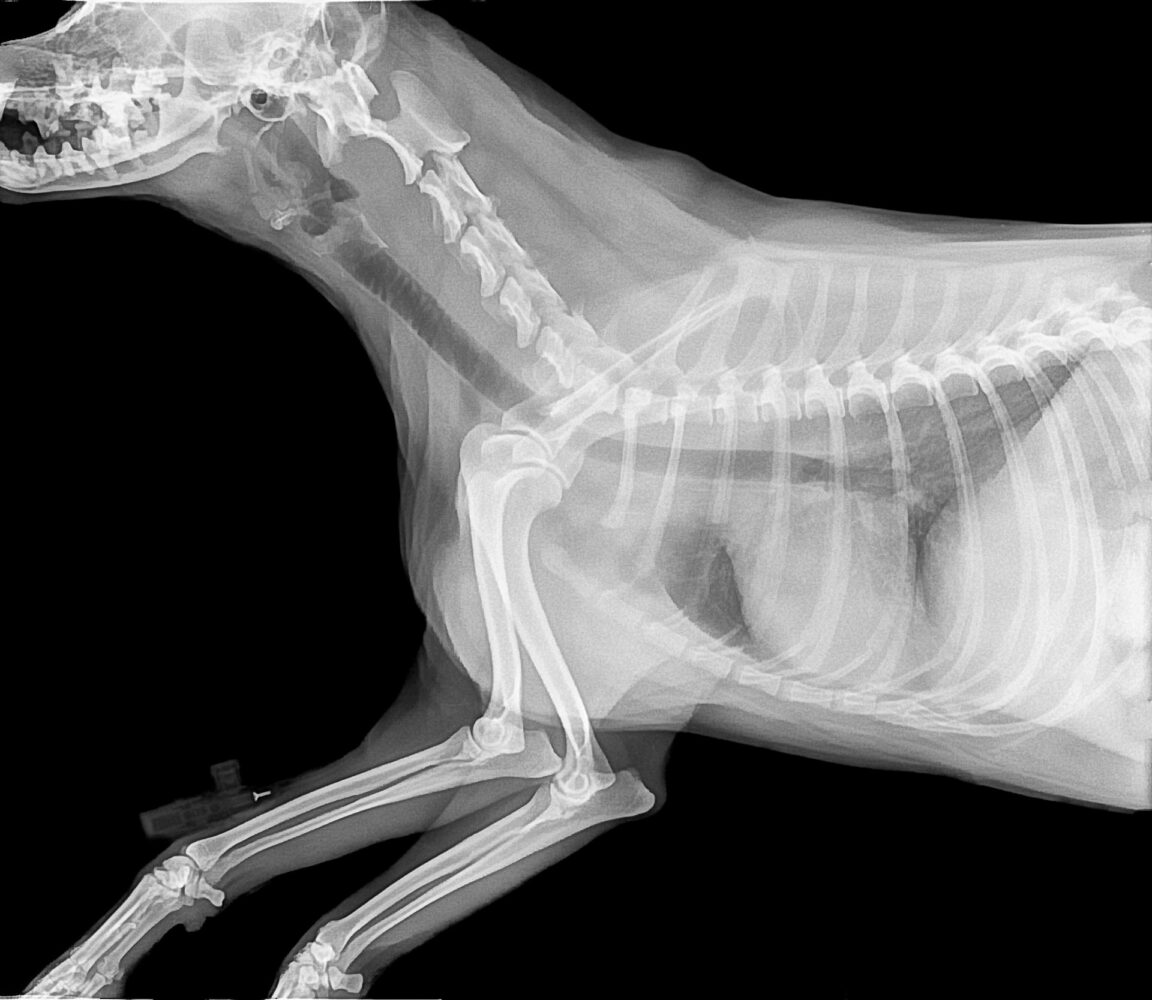Discover how many bones do dogs have in their body.
Dogs are beloved pets and faithful companions, but have you ever wondered about their anatomy? Specifically, how many bones do dogs have in their body?
In this article, we will explore the skeletal structure of dogs, including the number of bones they have and their functions.
How Many Bones Do Dogs Have?
On average, adult dogs have about 319 bones in their body.
However, this number can vary slightly depending on the dog’s breed and size.
Puppies, on the other hand, have more bones than adult dogs.
This is because some of their bones have not yet fused together, which happens as they grow and develop.
The Functions of Dog Bones
Bones play an important role in the overall health and well-being of dogs.
They provide support and structure for the body, allowing dogs to stand, walk, run, and perform other physical activities.
Bones also protect vital organs, such as the brain and lungs, from injury.
In addition, bones serve as attachment points for muscles, tendons, and ligaments, which work together to allow dogs to move their body parts.
The bone marrow inside bones is also responsible for producing red blood cells, which carry oxygen throughout the body.
Types of Dog Bones
There are four types of bones in a dog’s body: long bones, short bones, flat bones, and irregular bones.
- Long bones: These are the bones in a dog’s legs, such as the femur, tibia, and fibula. They are designed for weight-bearing and movement.
- Short bones: These bones, such as those in a dog’s feet and wrists, provide support and stability.
- Flat bones: These bones, such as the scapula and ribs, protect organs and provide attachment points for muscles.
- Irregular bones: These are bones that do not fit into any of the other categories, such as the vertebrae in the spine.
Conclusion
Dogs have a complex skeletal system, made up of hundreds of bones that serve various functions.
Bones provide support and structure for the body, protect vital organs, and allow dogs to move their body parts.
Understanding the anatomy of dogs can help pet owners better care for their furry friends and appreciate the amazing complexity of their bodies.
FAQs
- Do puppies have more bones than adult dogs?
Yes, puppies have more bones than adult dogs because some of their bones have not yet fused together.
- How many bones do adult dogs have?
On average, adult dogs have about 319 bones in their body.
- What are the types of dog bones?
There are four types of dog bones: long bones, short bones, flat bones, and irregular bones.
- What are the functions of dog bones?
Dog bones provide support and structure for the body, protect vital organs, and allow dogs to move their body parts.
- Why is it important to understand the anatomy of dogs?
Understanding the anatomy of dogs can help pet owners better care for their furry friends and appreciate the amazing complexity of their bodies.




